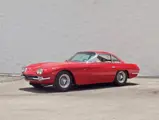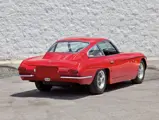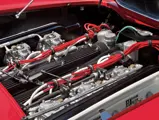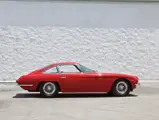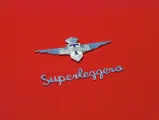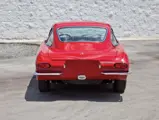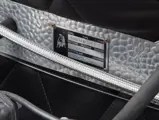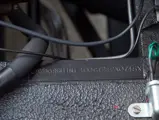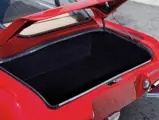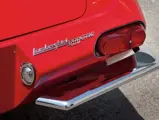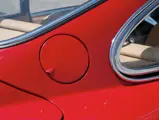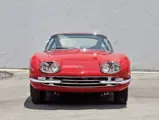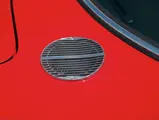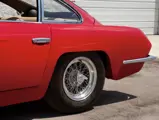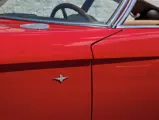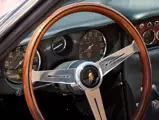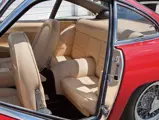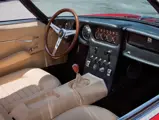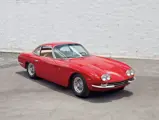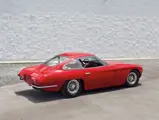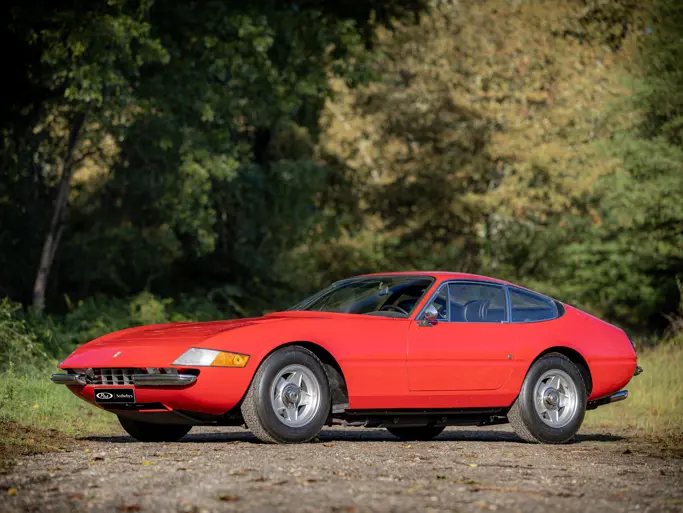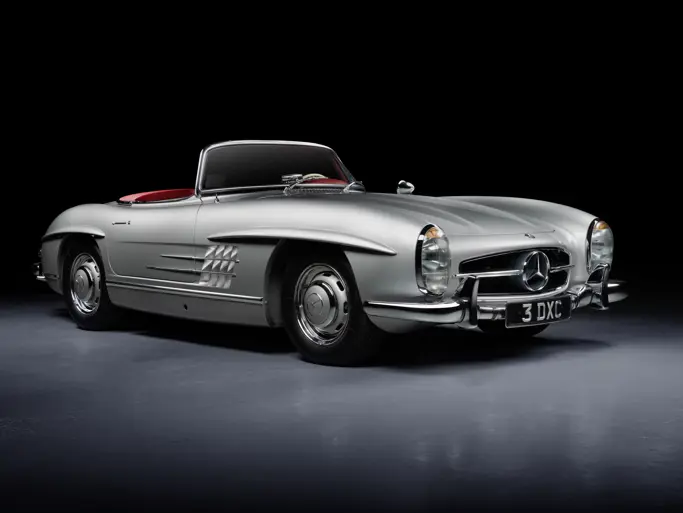Monterey 2012
1966 Lamborghini 400 GT 2+2
{{lr.item.text}}
$352,000 USD | Sold
 | Monterey, California
| Monterey, California
{{internetCurrentBid}}
{{internetTimeLeft}}

320 hp, 3,929 cc 60 degree DOHC V-12 engine, five-speed all-synchromesh gearbox, independent front and rear suspension with unequal-length wishbones, coil springs and anti-roll bars, and four-wheel Girling disc brakes with servo assist. Wheelbase: 100.4"
• Only 242 produced from 1966–1968
• Three-owner car; equipped with Borrani wire wheels
• Fresh restoration by marque expert Ultimate Motorsports
Ferrucio Lamborghini was a hugely successful tractor and air conditioning manufacturer who decided to produce his own GT car in the early-1960s, one that reflected his personal tastes. Having made a fortune, he certainly had the resources to do this. He gave Ferrari serious competition with the introduction of the 350GT Coupe in March of 1964. His team included Giampaolo Dallara, who later went on to design and build open-wheel Indy race cars, and Paolo Stanzani, both of whom were there from the beginning. New Zealander Bob Wallace joined near the close of 1963 to aid in the development of the first car, by which time the new factory at Sant’Agata Bolognese was nearly ready.
The trio had previous connections at Maserati. Engine design was entrusted to Chief Engineer Giotto Bizzarrini, who went on to design the Iso Rivolta and Iso Grifo and, ultimately, his own car, the Bizzarrini Strada 5300. Having just completed his tenure at Ferrari, where he led the 250 GTO project, he followed instructions to build a more modern and powerful engine than his competitors at Ferrari. It was a 3.5-liter V-12 with twin overhead camshafts, essentially a variation on the 1.5-liter racing engine he designed while at Ferrari. On the test bed, it produced in excess of 350 horsepower at 8,000 rpm; however, power was dialed back to 270 hp at 6,500 rpm for production durability. Dallara’s chassis was a straightforward tubular frame with an independent rear suspension, which was then a market rarity. The gearbox came from ZF and the final drive from Salisbury.
The first prototype was shown at Turin in November 1963, though it was not ready for production when unveiled. Dubbed the 350GTV, its chassis was by Neri & Bonacini and its Scaglione-styled body was by Sargiotto, and it was given a lukewarm reception by the press. It was not the first pretender to Ferrari’s supercar crown to come from Italy, the media said, nor would it be the last. It seemed Lamborghini’s problem was twofold: his cars had neither a reputation, nor did his cars have the renowned Pininfarina styling to help establish him among wealthy buyers. Lamborghini was determined to make a success of his new venture. With the engineering well-advanced, he passed the styling on to Carrozzeria Touring of Milan for refinement.
Wearing its new coachwork, the new Lamborghini was well-received at Geneva in March 1964. Despite the short development period, Touring fabricated a sensational aluminum-alloy Superleggera body, while production was also contracted out to Marazzi. The body style was certainly different from those of Ferrari and Maserati: its lines were sensuous and the entire package was undeniably distinctive. The car earned rave reviews for its V-12 performance and excellent handling, courtesy of Bizzarrini. Top speed for the new model was in excess of 150 mph.
Two years later, the car evolved into the 400GT 2+2, with the addition of vestigial rear seating and subtle styling alterations on the same 100.3-inch wheelbase. Though the style of the 350GT was preserved, virtually every panel had been revised, and it was given four headlights to differentiate it from its predecessor. The floor pan was lowered and the roof raised 2.6-inches; additional interior room was made possible by reversing the upper and lower rear control arms in front to rear arrangement. An additional windshield wiper was added, and the body was produced in steel, rather than aluminum, to streamline production. A single 23-gallon fuel tank replaced dual 10.5-gallon tanks on the previous model. The V-12 was enlarged from 3.5- to 4.0-liters, and horsepower was increased from 280 to 320. Suspension was all-around double wishbones with four-wheel disc brakes, along with a Lamborghini-built five-speed gearbox designed by Lambo Chief Engineer Gian Paolo Dallara, replacing the earlier ZF-derived gearbox. Price from new in the United States was $14,750.00, just $500 more than its predecessor. Though not yet a sales threat to Ferrari, notice had hereby been given that the upstart from Sant’Agata meant business. Just 242 were produced between 1966 and 1968.
According to the Lamborghini Registry, chassis number 0745 was delivered new in the United Kingdom. It came to the United States in 1974, where it remained with the Strange family, of New York, the second owners, for twenty two years. The third and current owner purchased the car in 1996. It benefits from a fresh frame-off, photo-documented restoration down to bare metal. Carefully and totally disassembled, it was painstakingly restored to the current condition by marque experts Ultimate Motorworks, of Longwood, Florida. Known for their exceptional attention to detail, as well as being the oldest surviving Lamborghini dealership in the U.S., they have been restoring cars to exacting standards for over thirty years. 0745 is finished in a brilliant red over tan hides, which accentuate its striking lines. In addition, it sports polished magnesium Borrani wire wheels as it was delivered from new. Its owner proudly describes it as “new” with nothing untouched and every detail accounted to. Undeniably welcome at concours and motoring events worldwide, its new owner could be the first to debut this beautiful and meticulously restored Lamborghini to adoring audiences everywhere.

